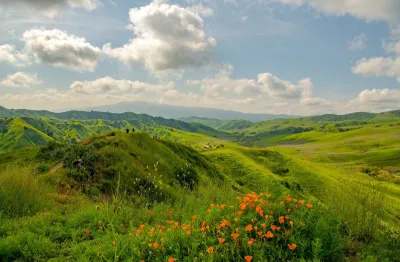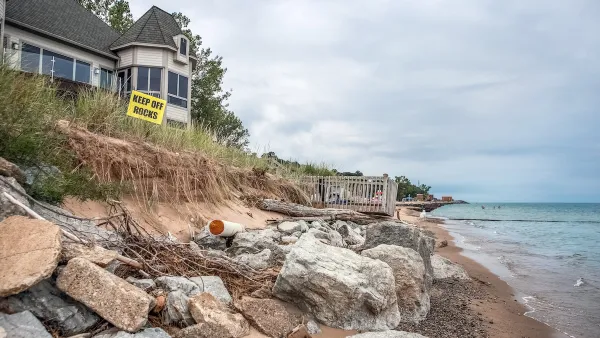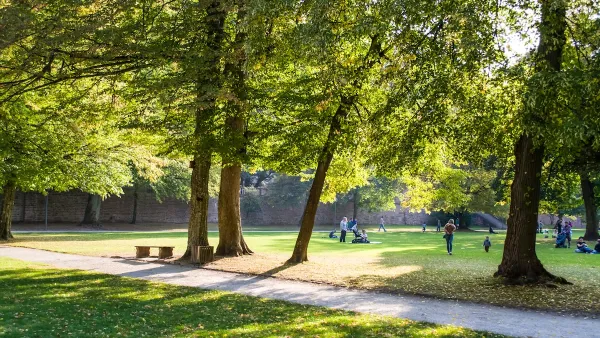A recently released report offers recommendations for keeping state parks healthy and robust, including acquiring additional land for conservation and recreation.

California's State Park System is the largest in the U.S. This system includes 279 separate park units on 1.4 million acres, with more than 280 miles of coastline, 625 miles of lake and river frontage, almost 15,000 campsites, and 3,000 miles of hiking, biking, and equestrian trails. However, these cherished spaces are now increasingly threatened by climate change. For example, ancient sequoia groves are burning in more frequent and severe wildfires, coastal parks are being eroded by rising sea levels and intensifying storms, and endangered species in state parks are losing vital habitat.
As reported by Tara Lynn Wagner, the California State Parks Foundation has just released a 70-page report entitled Building a Climate-Resilient California State Park System. It defines climate-resilient state parks as those which "can prepare for, adapt to, and recover from climate impacts." Specifically, this includes protecting natural and cultural resources, preserving park access, building climate-smart infrastructure, and educating Californians about parks and climate change. Climate-resilient parks also use clean energy and climate-smart land management to mitigate greenhouse gas emissions and contribute to statewide carbon neutrality.
The report offers the following recommendations:
- Rethink California State Parks’ representation in 30x30.
- Fund the full implementation of California State Parks’ Sea Level Rise Adaptation Strategy.
- Authorize and fund permanent climate resilience staff across relevant California State Parks divisions (or program areas or functions) for a multidisciplinary approach to building climate resilience into all aspects of park management.
- Expand California State Parks’ internal capacity to assess and scope adaptation projects.
- Extend funding for California State Parks’ Wildfire and Forest Resilience Program beyond its current expiration in FY 2027–28, including hiring authority for permanent staff positions.
- Establish a pilot program for California state parks as community climate resilience centers.
- Fund a robust California State Parks acquisition program.
For more information, please read the source article and the report.
FULL STORY: California State Parks face threat of climate change — but could also be part of the solution

National Parks Layoffs Will Cause Communities to Lose Billions
Thousands of essential park workers were laid off this week, just before the busy spring break season.

Retro-silient?: America’s First “Eco-burb,” The Woodlands Turns 50
A master-planned community north of Houston offers lessons on green infrastructure and resilient design, but falls short of its founder’s lofty affordability and walkability goals.

Delivering for America Plan Will Downgrade Mail Service in at Least 49.5 Percent of Zip Codes
Republican and Democrat lawmakers criticize the plan for its disproportionate negative impact on rural communities.

Test News Post 1
This is a summary

Test News Headline 46
Test for the image on the front page.

Balancing Bombs and Butterflies: How the National Guard Protects a Rare Species
The National Guard at Fort Indiantown Gap uses GIS technology and land management strategies to balance military training with conservation efforts, ensuring the survival of the rare eastern regal fritillary butterfly.
Urban Design for Planners 1: Software Tools
This six-course series explores essential urban design concepts using open source software and equips planners with the tools they need to participate fully in the urban design process.
Planning for Universal Design
Learn the tools for implementing Universal Design in planning regulations.
EMC Planning Group, Inc.
Planetizen
Planetizen
Mpact (formerly Rail~Volution)
Great Falls Development Authority, Inc.
HUDs Office of Policy Development and Research
NYU Wagner Graduate School of Public Service





























